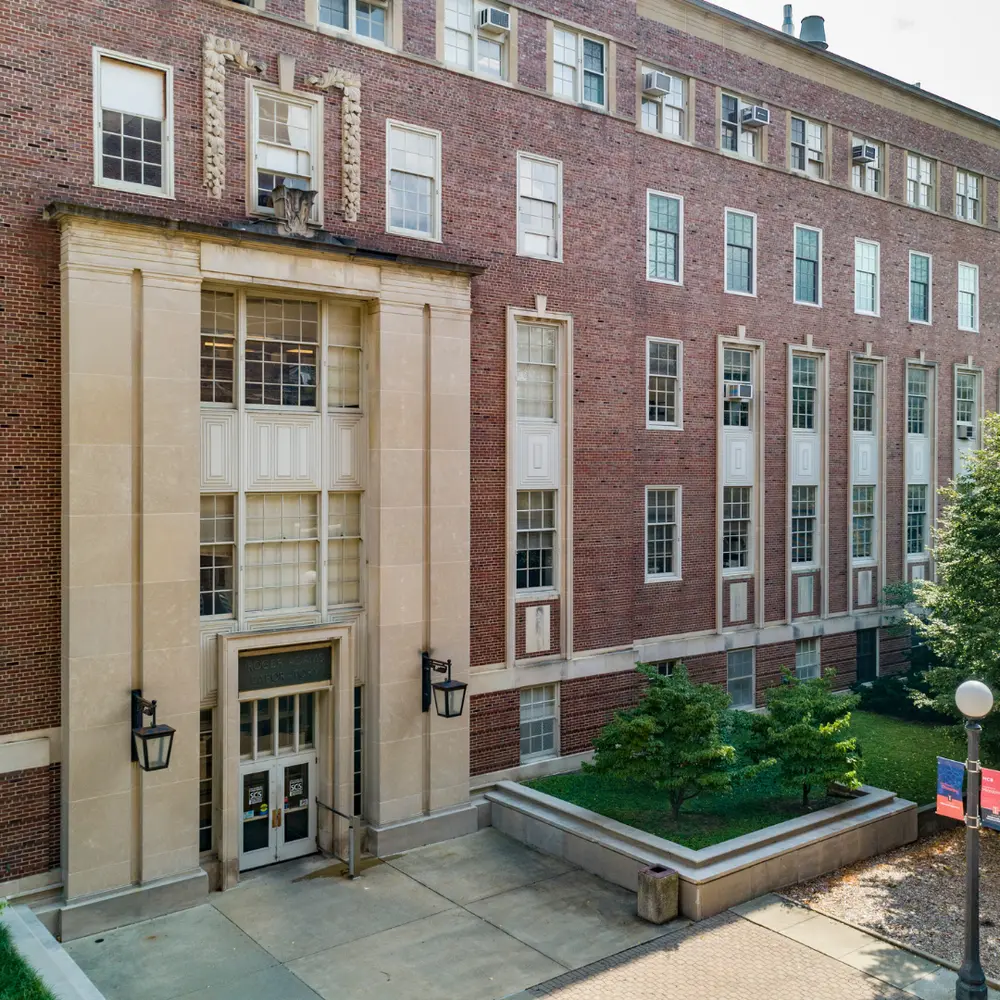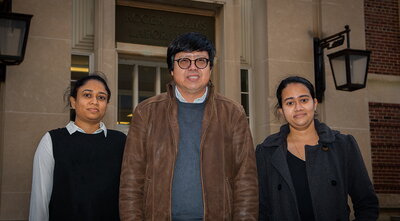
In the last decade, scientists have discovered that the antiviral system known as cGAS-STING is an important innate immune system in humans because it senses double-stranded DNA in cytoplasm resulting from viral and bacterial infections. Recent research shows that the cGAS-STING system may have its evolutionary origin from bacteria. cGAS-STING shares similar mechanisms to cyclic-oligonucleotide-based antiphage signaling systems (CBASS), the antiphage systems very common in bacteria. Raven Huang, a professor of biochemistry, has been studying CBASS antiphage systems and in a new article published in Nature Communications, he and his colleagues characterize two antiviral systems from Asticcacaulis sp. and Lactococcus lactis.
A CBASS system is composed of an enzyme that generates a cyclic oligonucleotide, and an effector that is activated by the cyclic oligonucleotide, according to Huang. The most common effectors are those containing a SAVED domain. Over 50% of these SAVED-domain-containing effector molecules utilize HNH nuclease domains to degrade DNA to exert their antiphage properties. The HNH nuclease domain can also be found in Cas9 of the CRISPR-Cas systems.
In the article, “Molecular mechanisms of the CdnG-Cap5 antiphage defense system employing 3′,2′-cGAMP as the second messenger,” Huang and his colleagues biochemically characterized two Cap5 effectors, containing SAVED and HNH domains, and their cognate CdnG proteins. They found that CdnG synthesizes 3’, 2’-cGAMP, which activates Cap5 for DNA degradation. While the exact mechanism for Cap5-induced DNA degradation is still unknown, the 3’, 2’-cGAMP was of great interest to Huang. Linkages of 3’-5’ are typically more common, and a 2’-5’ linkage is unusual for this type of signaling molecules. Huang’s discovery of the novel 3’, 2’-cGAMP signaling molecule is indicative of an atypical mechanism for DNA degradation.
In the absence of 3’, 2’-cGAMP, Cap5 is inactivated primarily through two mobile SAVED domains. Cap5 can be found in an open or ajar configuration. Huang posited that 3’, 2’-cGAMP acts as a glue to bring the two SAVED domains closer and seal the gap seen in Cap5’s ajar configuration. The mobile nature of the SAVED domains allows for the structure to reorganize near the active site of one or both HNH domains, thus activating the domains for DNA degradation.
The proposed Back-to-Front stacking mechanism of the SAVED domains appears to be the key to activating DNA degradation in the CdnG-Cap5 defense system. Additionally, Back-to-Front stacking may have the potential for SAVED domain-containing effectors to form oligomers. Because the SAVED domain is such a large protein family, Back-to-Front stacking is likely a conserved mechanism that can be applied to other CBASS systems. Huang’s future work aims to verify this.
Huang’s research on one of the most abundant CBASS systems has provided great insight into the antiviral tools employed by bacteria and his lab has already begun to study other antiviral systems. Huang and his colleagues are at the forefront of uncovering antiviral mechanisms of bacterial systems which is very exciting because as Huang affirms, “future discoveries in this subject might have potential for practical [and clinical] applications.”

